Kazuki conducts Beethoven 9
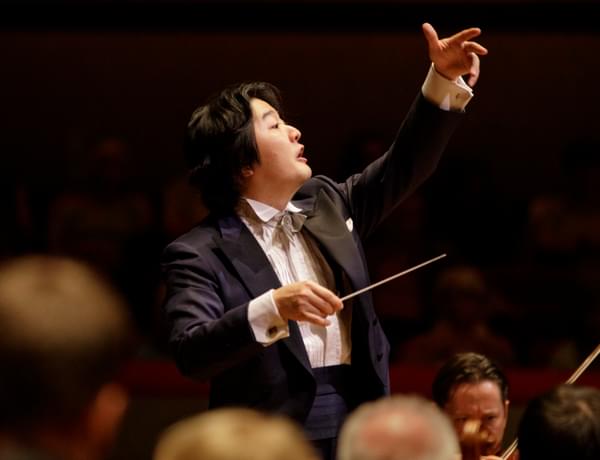
Full programme
- Stravinsky, Symphonies of Wind Instruments (9mins)
- Strauss, Metamorphosen (26mins)
- Beethoven, Symphony No.9 (Choral) (65mins)
Performers
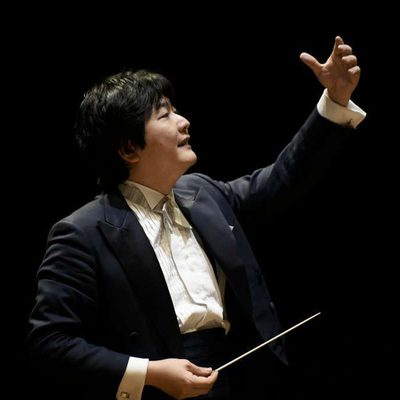
Kazuki Yamada
Conductor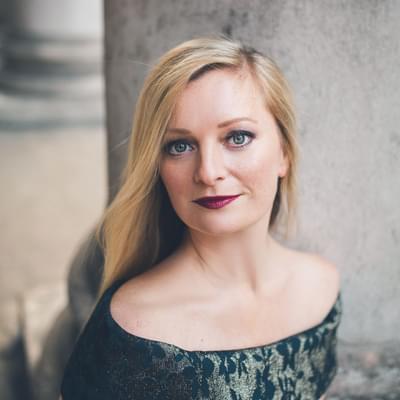
Lucy Crowe
SopranoJennifer Johnston
Mezzo Soprano
Joshua Stewart
Tenor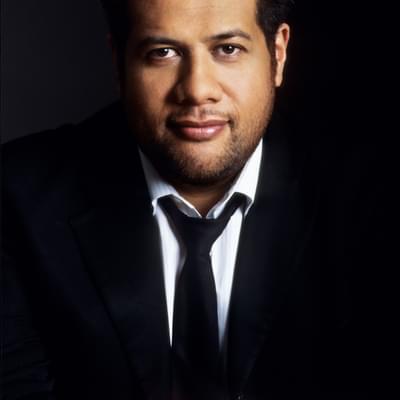
Jonathan Lemalu
Baritone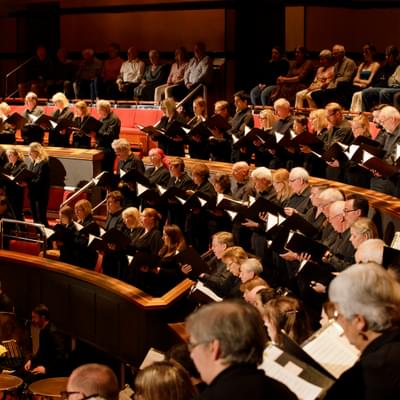
CBSO Chorus
Introduction
Welcome to the opening concert of our 2024-25 Season, which includes a piece that is very close to my heart – Beethoven’s Ninth Symphony.
Beethoven 9 is extremely popular in Japan, especially in December which is when it is often performed. It is poignant to reflect on the year that has passed. For me, I experienced the piece for the first time when I was very young and remember thinking, “wow, what a great piece”. When I became a conductor in Japan, I conducted the symphony up to 5 or 6 times a year and formed my own connection with the piece.
When I left Japan at age 30, I stopped conducting this symphony. You could say I avoided it. Funnily enough, this is when the piece became even more special for me. I conducted it again for the first time again in Monaco about four years ago. The second time is tonight, in Birmingham, as Music Director of the CBSO. I’m so looking forward to this evening!
I’d love you to listen out for when the chorus sing “vor Gott, vor Gott, vor Gott". People expect an answer from God, but instead, we hear the Turkish March. And for me, this is a significant message in the piece. It is about union, and everybody can be touched by this piece – it is a very powerful message. And if it is your first time hearing this piece, enjoy the opening, which I believe is both amazing and unbelievable in one.
Tonight, you will also hear pieces by Strauss and Stravinsky – Metamorphosen and Symphonies of Wind Instruments – and I believe all three pieces explore the meaning of life. We can’t wait to connect with you, our audience, tonight and hope we can continue to enjoy music together throughout the season.
Kazuki Yamada
Music Director
Programme notes
A spotlight on instruments and a joyful finale for voices. Stravinsky celebrates the beautiful variety of wind and brass in his small but perfectly formed Symphonies, while it’s simply strings for Strauss in the gorgeous Metamorphosen - which quotes Beethoven throughout. Beethoven himself is on magnificent form in his famous Choral Symphony, featuring a quartet of equally magnificent soloists in its awe-inspiring "Ode to Joy" in the final movement.
Symphonies of Wind Instruments
Igor Stravinsky (1882–1971)
The Symphonies of Wind Instruments, composed in 1920, is an enigmatic piece with an even more mysterious title. Calling it ‘Symphonies’ – plural – was certainly curious, especially given its short running time (after all, as Richard Taruskin once put it, ‘how many symphonies can you play in 9 minutes?’). Taruskin suggests, instead, that it refers to a considerably older meaning, the Greek ‘symphonia’, or ‘with sound’, later taken to mean ‘sounding together’. So, the work is a series of ‘sounding togethers’ of wind (and brass) instruments.
Stravinsky, a restless spirit, was on the brink of leaving Switzerland for a new life in France, and as ever was experimenting with musical form. ‘Symphonies’ is characterised by a series of musical statements, or moments, rather than by the development of themes. For the most part it is a solemn, somewhat stark piece with a quality of meditative ritual to it. Yet some of the statements ‘pop’ with a rhythmic swing and there are some sensuous chords which seem to anticipate Stravinsky’s later forays into jazz. It is scored for 23 soloists, representing every instrument in the wind and brass sections.
The spiky opening figure alternates initially with a series of chords, in a deceptively irregular rhythm. These recur throughout, interspersed by contrasting passages, or sometimes simply fragments, in a variety of instrumental configurations (such as a trio of flutes or a bassoon duet). The work concludes with a beautiful chorale directly related to the death of Debussy in 1918. Stravinsky, whose remarks about other composers could tend towards the critical (sometimes catty) greatly admired Debussy, and the two had become friends in the 1910s. Commissioned to provide music for a ‘tombeau’ for Debussy (an assemblage of musical tributes) Stravinsky composed this chorale, initially for piano. It serves as a touching moment of repose and ‘memorial’ at the close of this inscrutable, powerful, ‘sounding together’ of instruments.
Metamorphosen
Richard Strauss (1864–1949)
Richard Strauss composed his Metamorphosen (like Stravinsky’s Symphonies, for 23 players) in 1944-5, having recently declared that he could no longer continue composing.
Everything in his native Germany was in ruins, and Strauss was ageing and in poor health. Yet he found himself drawn to, and then inspired by, the poetry of Goethe, at the same time as witnessing the horrific destruction of cultural landmarks across Germany and Austria including opera houses, and Goethe’s own house. It was the dismantling, as Strauss saw it, of humanity. He was struck in particular by Goethe’s poem ‘Niemand wird sich selber kennen’ – no one can know himself; a sentiment in tune with the view of his near contemporary CG Jung, who believed that acts of violence are a result of man’s inability to be aware of his own ‘shadow side’. The ‘Metamorphosis’ in this work is not to do with evolution to a higher plane, as Bryan Gilliam puts it, but the tragic transformation from humanity to its worst excesses.
The piece opens with a series of rising chords for five cellos and two double basses in a thick, strange harmony. The violas enter shortly after with a quotation from the funeral march in Beethoven’s Third Symphony, the ‘Eroica’. (Strauss claimed the motif was not a conscious homage to Beethoven but said it ‘escaped from my pen’.) A song-like melody follows, characterised by slow moving triplets; and a further new theme appears at around the 6 minute mark, when the slow-moving tempo becomes a little brisker.
After reaching a peak, the solemn mood of the start returns, and is ultimately dominated by the ‘Eroica’ funeral march, over which Strauss marked ‘In memoriam’ in the score: as to what was being ‘memorialised,’ any number of things.
Metamorphosen was premiered in Switzerland in 1946; the war was over, but its devastating consequences were still to be endured.
Symphony no.9
Ludwig Van Beethoven (1770–1827)
Any programme note writer tackling Beethoven’s final symphony has the challenging task of summarising in a few hundred words its sheer momentousness. Its backstory and premiere comprise a story of their own, let alone its influence on other composers and range of opinions about it (as Debussy once put it, ‘it is amazing that [the symphony] has not been finally buried under the mass of prose it has provoked’). And all that before approaching the wild ride of the music itself. But perhaps the best approach is to highlight just how revolutionary the symphony is, and for both writer and listener to lean into its exhilarating, brilliantly executed chaos.
It was commissioned by The Philharmonic Society in 1817 (premiered 7 years later) and represents an appropriately epic conclusion to a symphonic journey which began with No. 1 in 1800. Beethoven had infused the previous eight symphonies with the spirit of change and creativity, each one finding a new way of expanding symphonic form. In the ninth, Beethoven adds the most unusual element of all: a full choir singing the now-famous ‘Ode to Joy’, a text by Friedrich Schiller.
Even on the page, the Ninth looks different. From the second movement onwards, Beethoven generates a bewildering range of tempo and dynamic shifts – what Tom Service calls ‘jump cuts’. In the finale there are at least nine distinct changes of mood. The Symphony opens with what Hans Werner Henze described as a ‘primeval landscape’; fragments of sound against a shimmering backdrop, gradually coalescing into a series of open fifths. There is a restless, push-pull atmosphere to the entire movement, as if seeking a theme to land on. The movement, as Martin Geck puts it, ‘seethes’.
Convention has it that the second movement of a symphony should be slow, but Beethoven rebels with a rambunctious Scherzo. It begins in an off-kilter, sometimes violent scramble, with persistent heckling from the timpani. The more good-natured ‘Trio’ section provides a striking contrast. The movement which follows is profoundly serene - Ernst Bloch called it one of the ‘slow miracles of music’ - with a wonderfully warm, long-breathed theme. It is an oasis before the finale, in which the gloves are off – or rather the rulebook is flung in the bin.
It opens with a diabolical fanfare followed by a song-like burst from the cellos. This sequence continues, interspersed with musical memories from the previous three movements in succession, before embarking on an instrumental version of the ‘Ode to Joy’. The fanfare returns, but is silenced by the baritone soloist singing ‘Oh Freunde, nicht diese Töne!’ (Oh friends, not these sounds!). The other soloists and choir join in periodically for their (often extremely challenging, and very high for the sopranos) contributions to the ‘Ode to Joy,’ interrupted by extended passages of orchestral writing of wildly differing characters. For example, the ‘alla Turka’ section between verses 3 and 4 follows a transcendently uplifting passage yet opens, incongruously, with some subterranean parps from the bassoon. The final few minutes include an extravaganza of vocality from the soloists, followed by a carnivalesque race to the finish line.
At its Vienna premiere in 1824 the Symphony was met with both riotous applause and some considerable bafflement, particularly in relation to the finale (a review in the London paper The Haromonicon wondered if the last movement was a ‘hoax’). Neglected afterwards for around 50 years, it was revived by Wagner in the later nineteenth century and in subsequent decades has become – and this word can be overused – iconic. Along with its musical reputation, the ‘Ode to Joy’ in particular, with its message of brotherhood, has been co-opted by movements and governments across the political spectrum (not to mention its heavily ironic appearance in Stanley Kubrick’s A Clockwork Orange). With or without its cultural baggage, any performance of this full-blooded, deeply personal work is to be admired, cherished – and surely discussed in the foyer afterwards.
© Lucy Walker
Featured image © Andrew Fox